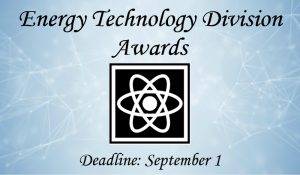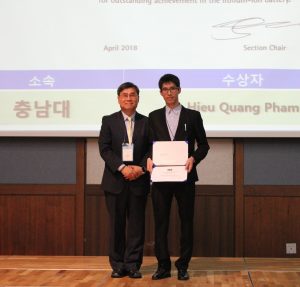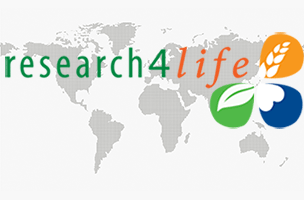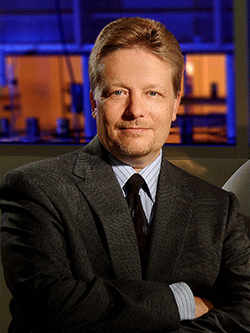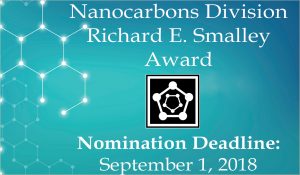 Nomination Deadline: September 1, 2018
Nomination Deadline: September 1, 2018
You are invited to nominate qualified candidate(s) for the Nanocarbons Division Richard E. Smalley Award.
The Nanocarbons Division Richard E. Smalley Research Award was established in 2006 to encourage research excellence in the areas of fullerenes, nanotubes and carbon nanostructures. The award consists of a scroll, a $1,000 prize and travel assistance to attend the 235th ECS biannual meeting in May 2019 in Dallas, TX for formal recognition. Explore the full award details on the ECS website prior to completing the electronic application.




